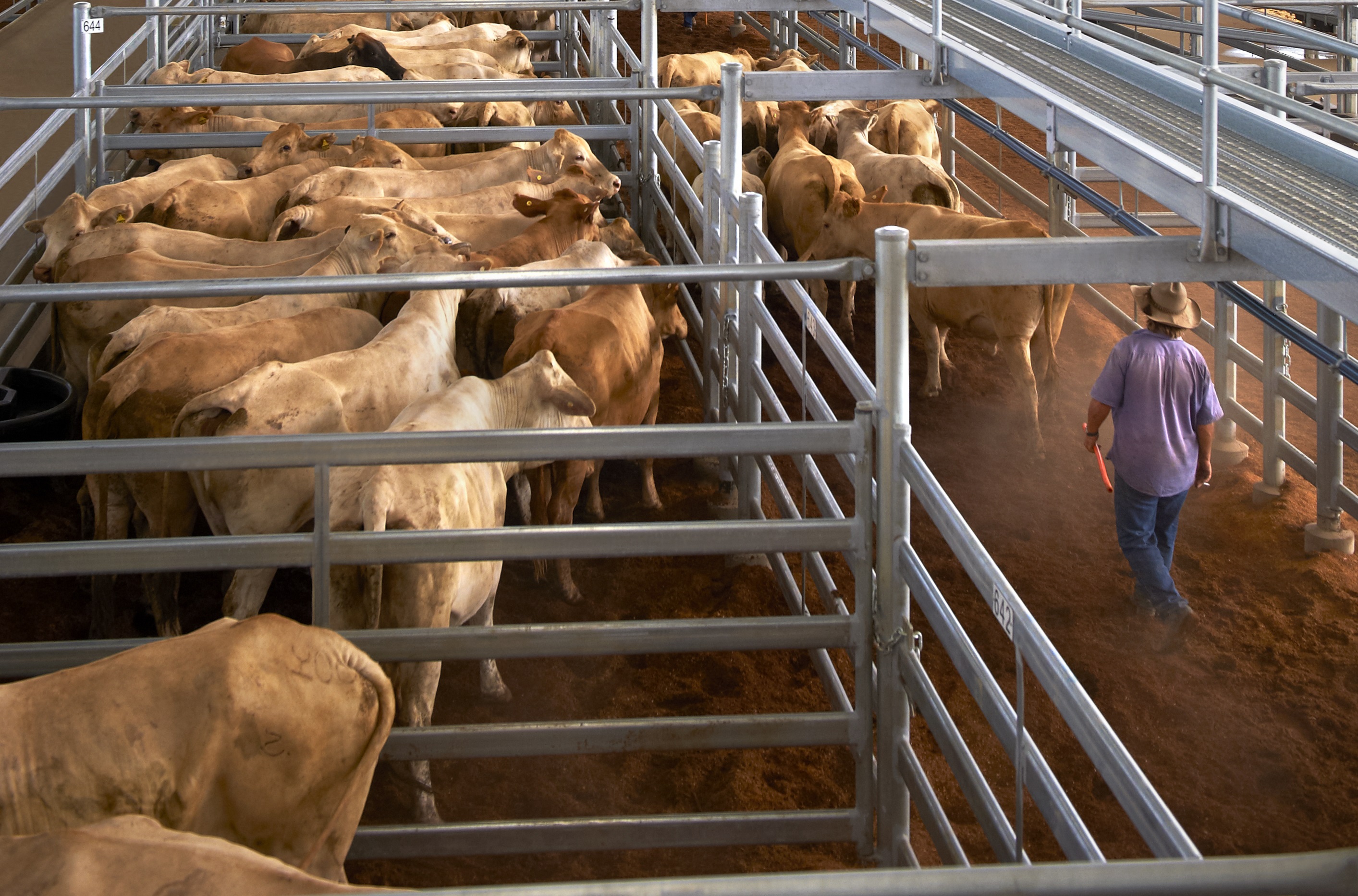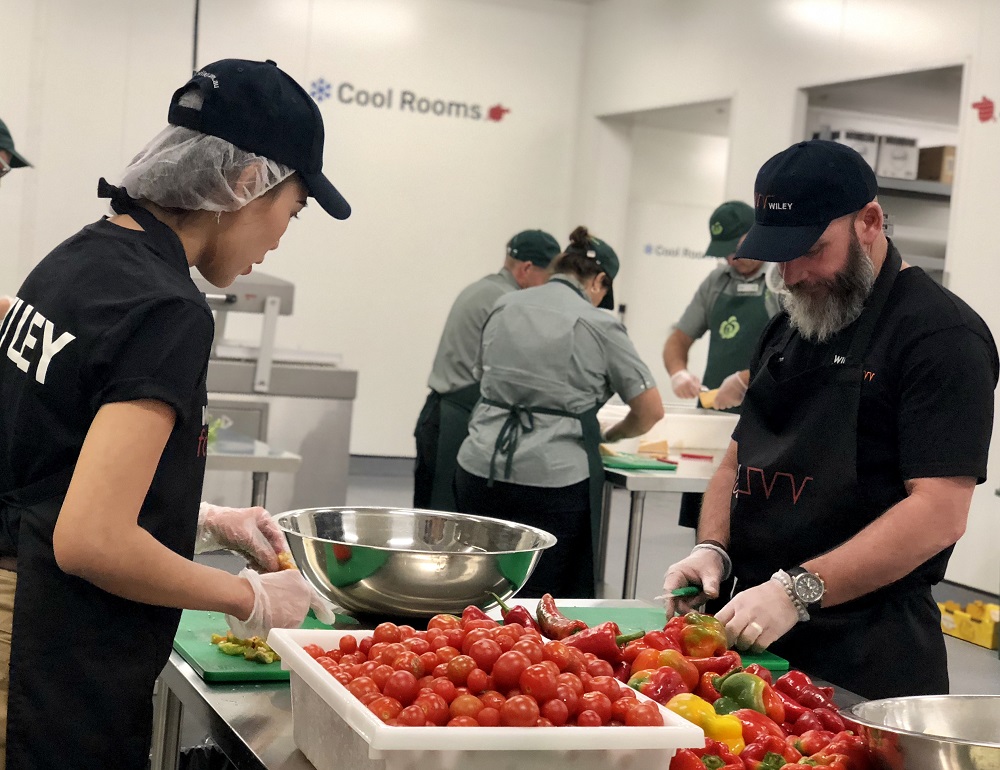In 2016 the National Farmer’s Federation (NFF) announced a plan to transform Australian agriculture to a $100 billion industry by the end of 2030. On Tuesday, the NFF released their annual progress report.
The good news? We’re on track.
The bad news? The workforce crisis is likely to continue and infrastructure damaged by floods will take years to repair – with more floods predicted this summer.
But as always, with great challenges comes great opportunities. Here’s a summary of the NFF’s report, with a few opportunities highlighted for our friends in the red meat industry.
It’s been another big year.
The NFF has forecast a total farm output of $82 billion for the 2022/2023 year. This was driven by record commodity prices around the world, which landed during a great growing season in Australia. It’s the second year in a row we’ve seen output above $80 billion, although it’s down 4% from last year’s record of $85.3 billion.
However, many of us know that these record numbers haven’t translated to record profits. The war and COVID-19 have continued to impact the price of nearly all inputs. For Australian beef producers, this has meant paying a fortune for feed. Add into the mix the ongoing labour shortfall, which has left abattoirs across the country struggling to run at full speed.
So, despite record prices, it’s been a uniquely expensive year to get product on the market.
Conscious choices are driving demand.
The trend towards carbon neutrality is both a highlight and an opportunity. It’s a highlight because the livestock industry is trending towards carbon neutrality, and it’s an opportunity because governments and markets will increasingly favour low-carbon meat options.
As the report notes, the Government recently announced $8.1 million to support the commercialisation of seaweed cattle feed. This will help farmers lower their methane emissions without dramatically increasing costs.
Any producer selling low carbon meat will be able to charge a premium on the world markets. As Environment and Water Minister Tanya Plibersek recently said: “if Australia can decarbonise its beef production, European markets will throw open the doors to Australian beef.”
For processors, there are many ways to lower emissions through plant efficiency upgrades. Wiley are specialists in this area, delivering several sustainability projects for Australia’s largest meat processors. To understand how we can help, read this.
Trade is looking more promising.
In 2016, the NFF set an ambitious KPI to halve the number of tarried agriculture being exported annually. While we’re not there yet, international trade is looking very promising.
On Tuesday, just as the NFF was releasing their report, Prime Minister Anthony Albanese tweeted that Australia’s Free Trade Agreement with India had passed our parliament.
If it’s ratified by India’s parliament, some 90% of Australia’s exports (including meat, wool, seafood and cotton) will be exempt from tax. And given that both sides signed a draft in April, the expectation that this agreement will pass is high.
This is just one of many trade agreements that Australia is on the cusp of finalising, including big ones with the UK and the EU. As the report notes, “the imminent entry into force of free trade agreements, ideally by 2023, will provide new and expanded markets for agricultural products.”
2022 has seen other markets open their doors to Australian meat. One notable example is Chile, which the Australian Trade and Investment Commission recently highlighted as an under-serviced opportunity. The South American country imported US$2.45 billion worth of meat in 2021, representing a 58.8% increase from 2020. Plus, Australia enjoys a 0% preferential tariff under the Australia-Chile Free Trade Agreement.
Weather, supply and labour will continue to provide challenges.
As mentioned earlier, the challenges include an extremely rare third year of La Niña, and a labour crisis. The former is less in our control, so let’s focus on labour.
As the report notes, the incoming Labor Government effectively scraped the Australian Agricultural Visa, which was the longstanding mechanism to bring in foreign or seasonal workers. They replaced it with the Pacific Australia Labour Mobility (PALM) scheme, which has grown to 29,075 workers from nine Pacific islands in Australian businesses. The NFF claims this scheme is inadequate.
Obviously the only real remedy to a labour crisis is labour, but automation can help ease the pain. We’re written about how Automated Storage and Retrieval Systems can reduce reliance on warehouse staff, or how processors no longer need people to grade meat. Now a camera wired to a few probes can grade against AUS-MEAT and MSA standards. There’s also new automation in picking, cleaning, refining, packaging, and palletising, and we’d be happy to have a conversation about what could work for you.
What’s next for Australian beef?
There’s lots of work to be done and many variables in play, but as the NFF points out “farmers have done what they do best, and got on with the job of producing food and fibre.”
And despite the naysayers who in 2016 thought it couldn’t be done, agriculture is on track to become a $100 billion industry by the end of the decade. For processors, the opportunity continues to be capitalising on raw output with value-adding through smart, market-led product development. Further down the line, it’s ensuring that your product is best-placed to service international demand and consumer trends.



